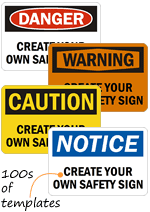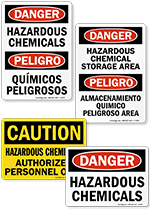In November 2021, while walking across a lumbar company’s shipping yard in Alabama, a worker died after she was struck by a forklift. OSHA proposed $53,866 in penalties against the company for ignoring crucial safety measures. They were cited for allowing employees to walk in a struck-by hazard area where forklift drivers couldn't see them and failing to distinguish and mark the shipping department travel aisles for trucks, forklifts, and pedestrians.
Thousands of such cases where companies lack proper training for forklift operators or are neglecting compliance with forklift safety are under OSHA’s radar.
According to the Industrial Truck Association, more than 855,900 forklifts are operating in the U.S with the transportation and storage sectors being the major players. But forklift incidents that result in injury are rampant across the country.

In 2020, the Bureau of Labor Statistics reported 7,290 cases of forklift accidents involving an average of 17 days away from work when compared to an average of 12 days for other cases.
All medically consulted injuries including those due to forklifts cost companies an average of $44,000 in 2020.
According to OSHA, 70% of forklift accidents could have been avoided with standardized training and safety procedures. The training, maintenance, and operation of forklifts are regulated under OSHA’s Powered Industrial Truck standard, 29 CFR § 1910.178.
What are the accidental hazards for forklift drivers at the workplace?
Forklift accidents are among the top ten OSHA violations every year. According to the International Labor Organization, the following are the accident hazards for forklift operators:
- - Fall due to slip or incautious step, while climbing to or descending from the seat.

- - Fall of the truck from an upper level to a lower level, due to careless driving, slip or collapse.
- - Fall of improperly loaded cargo.

- - Overturning of the truck due to overload or incorrect positioning of the center of gravity.
- - Overturning due to cargo lifting to an excessive height, or due to sloppy steering.
- - Overturning of the truck, esp. 3-wheel, while making an extremely sharp and speedy turn.

- - Overturning due to driving on a steep slope, at excessive driving speed, or on an unsafe track (esp. in the event of spills on floors with loss of traction), or due to use of improper equipment/accessories.
- - Rolling-down of the truck due to insufficiently applied handbrake.
- - Injury from rotating parts of the truck, not fully protected against accidental contact.
- - Collision with a stationary (e.g. building, wall, etc.) or moving object (esp. when the cargo obstructs the field of vision).

- - The collapse of a stack (mostly a stack of poorly stacked goods, when hit by a truck or due to vibration from a nearby truck).
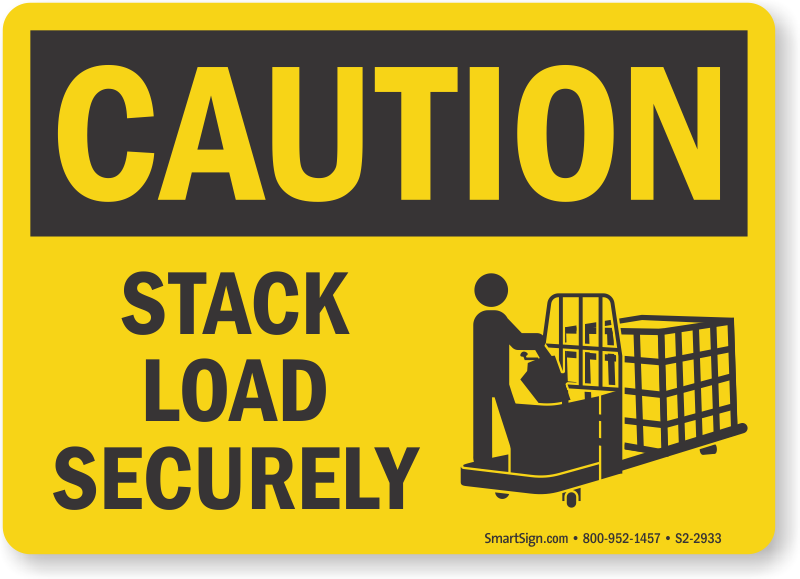
- - Electric shock resulting from contact with overhead electric cables.
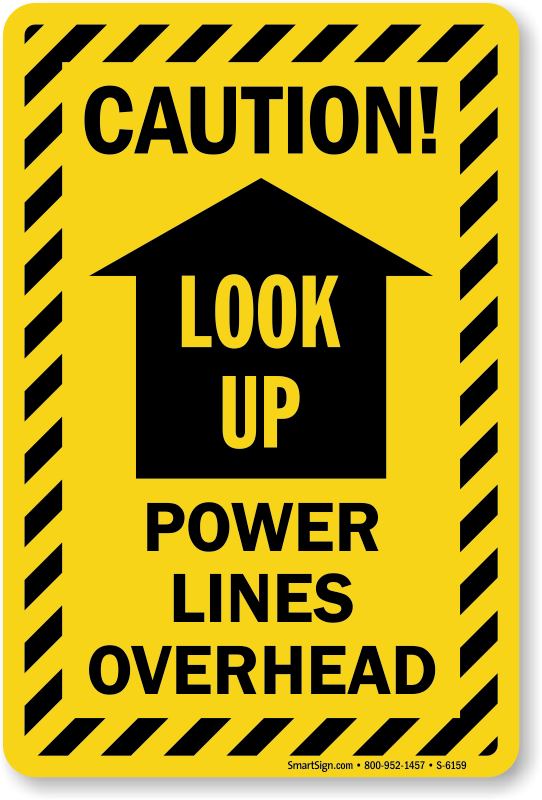
- - Exposure to hazardous chemicals due to falling and crushing of fragile containers; and potential injury from broken glass.
- - Spill of acid during battery charging.
There are various other physical, chemical, biological, ergonomic, psychosocial, and organizational hazards that forklift operators are exposed to every day at the workplace.
What are OSHA’s regulations for forklift operation?
Along with regulations for training and certification of employees, inspection and maintenance of Powered Industrial Trucks, and accurate recordkeeping, the following are the major OSHA requirements for forklift operation:
- - On all grades, the load and load-engaging means shall be tilted back, if applicable, and raised only as far as needed to clear the road surface. The forks shall not be raised or lowered while the forklift is moving [29 CFR 1910.178 (n)(7)(iii)].
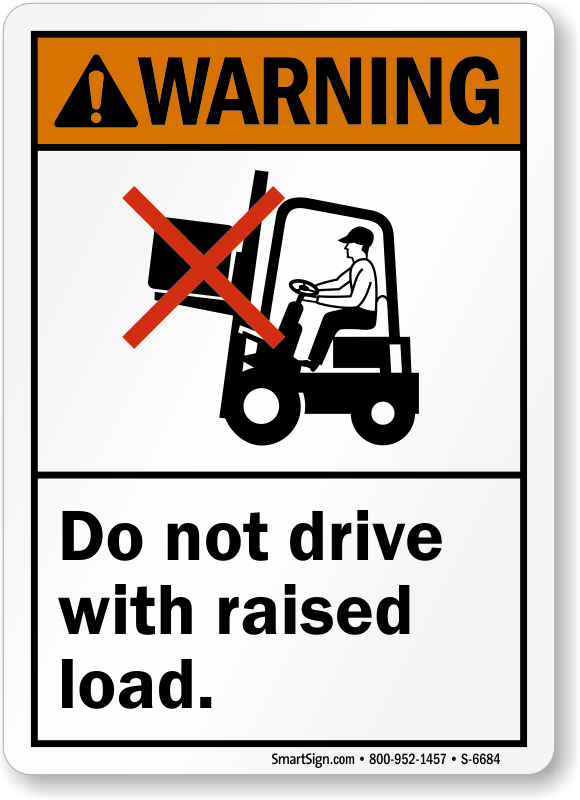
- - The truck shall be operated at a speed that will permit it to be brought safely to a stop [29 CFR 1910.178 (n)(8)].
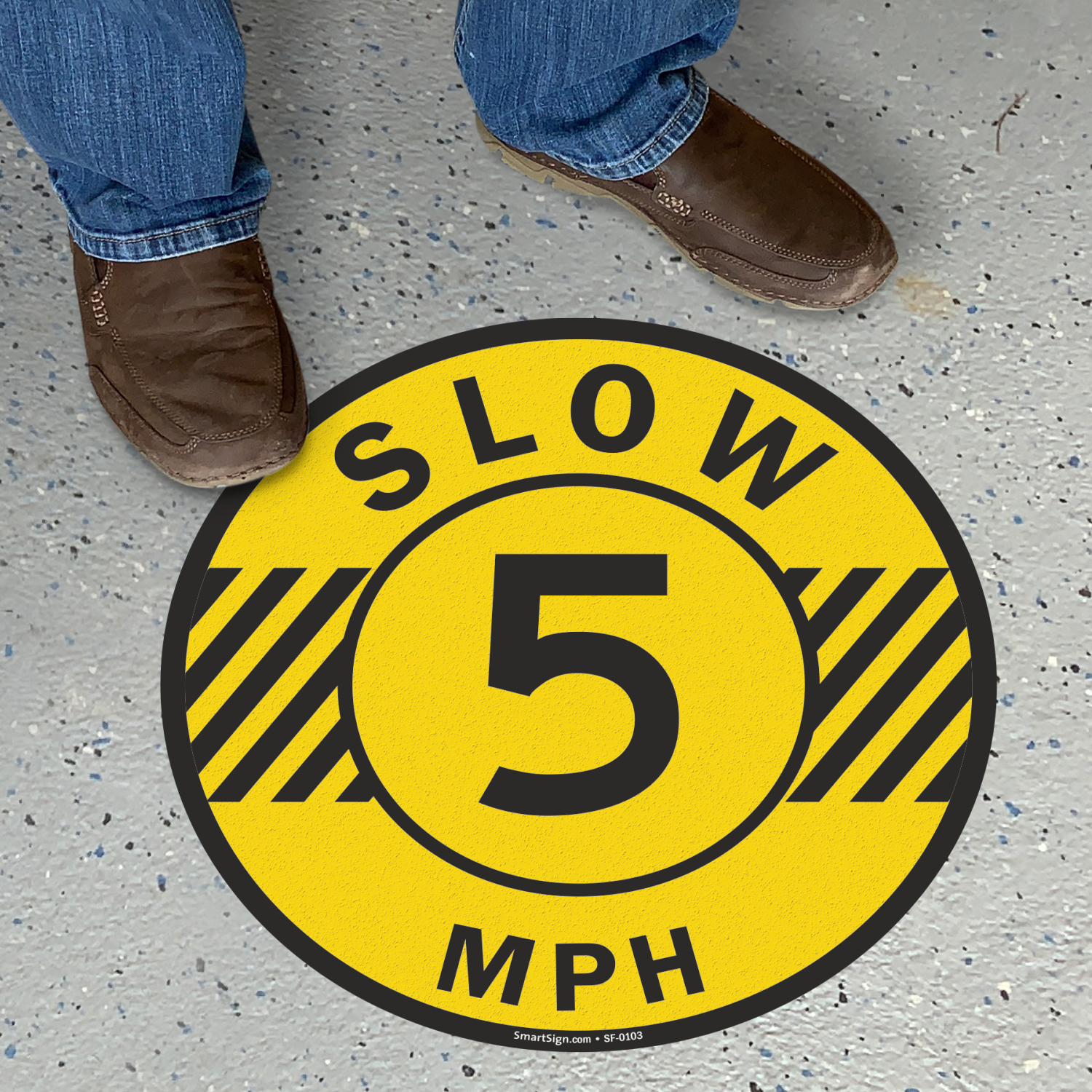
- - The operator shall slow down and sound the horn at cross aisles and other locations where vision is obstructed [29 CFR 1910.178 (n)(4)].

- - The operator shall be required to look in the direction of, and keep a clear view of the path of travel. [29 CFR 1910.178(n)(6)].
- - Unauthorized personnel shall not be permitted to ride on powered industrial trucks. A safe place to ride shall be provided where the riding of trucks is authorized [29 CFR 1910.178 (m)(3)].

- - Forklift trucks shall not be driven up to anyone standing in front of a bench or other fixed object [29 1910.178 (m)(1)].
Does OSHA require specific signage for forklifts?
OSHA requires employers to provide forklift safety but does not specify any signage requirements. OSHA regulates most workplaces and requires safety signs at most locations where a worker is exposed to a hazard including forklift operation areas. Following are the categories, OSHA has presented for safety signs based on hazard risk:
DANGER
Danger signs mark the most serious hazards. They indicate an immediate risk where special precautions are necessary; if the hazard is not avoided, it will result in death or serious injury.
WARNING
Warning signs are used for a hazard that, if not avoided, may result in death or serious injury.
CAUTION
Caution signs indicate potentially hazardous situations that may result in minor or moderate injury if they aren’t avoided. Use them to caution against potential injuries from unsafe practices, or where a combination of injury and equipment damage is possible.
In its eTool, OSHA does recommend posting signs regarding traffic control, plant speed limits; and marking permanent aisles and passages warning pedestrians to maintain a safe clearance.
Workplace owners must always consider additional signage to improve safety awareness in accident-prone areas and be on top of the game in terms of safety signage. Consistent training and signs must go hand in hand to maintain a safe environment and prepare for safety inspections.
Forklift safety posters are a great tool to reinforce training and minimize liability in case of an accident.
What are the mounting requirements for forklift safety signs?
OSHA recommends signage must be placed “as close as safely possible” to the nearby hazard so that workers are aware of the hazard and able to respond appropriately before exposure. Forklift signs must be placed along the forklift aisle, on the forklift itself (adhesive labels), on forklift crossing/intersection, etc.
When mechanical handling equipment is used such as forklifts, OSHA also requires that aisles and passageways shall be kept clear and in good repair, with no obstruction that could create a hazard. Permanent aisles and passageways shall be appropriately marked [1910.176].


